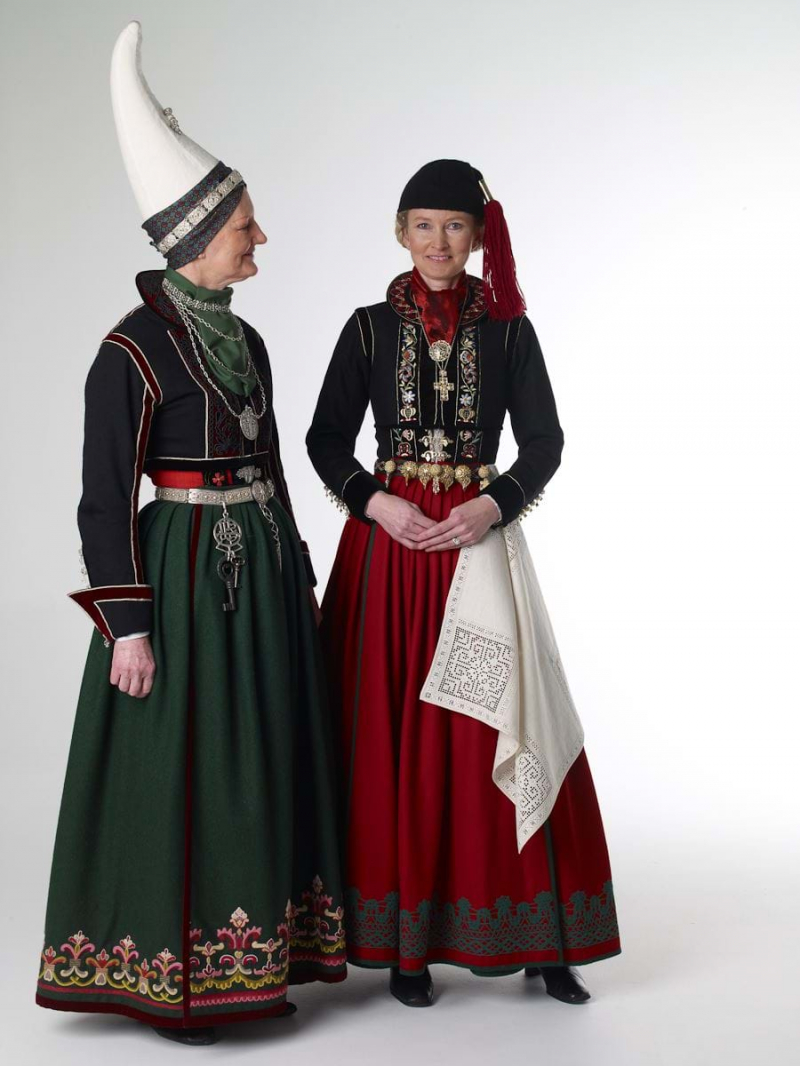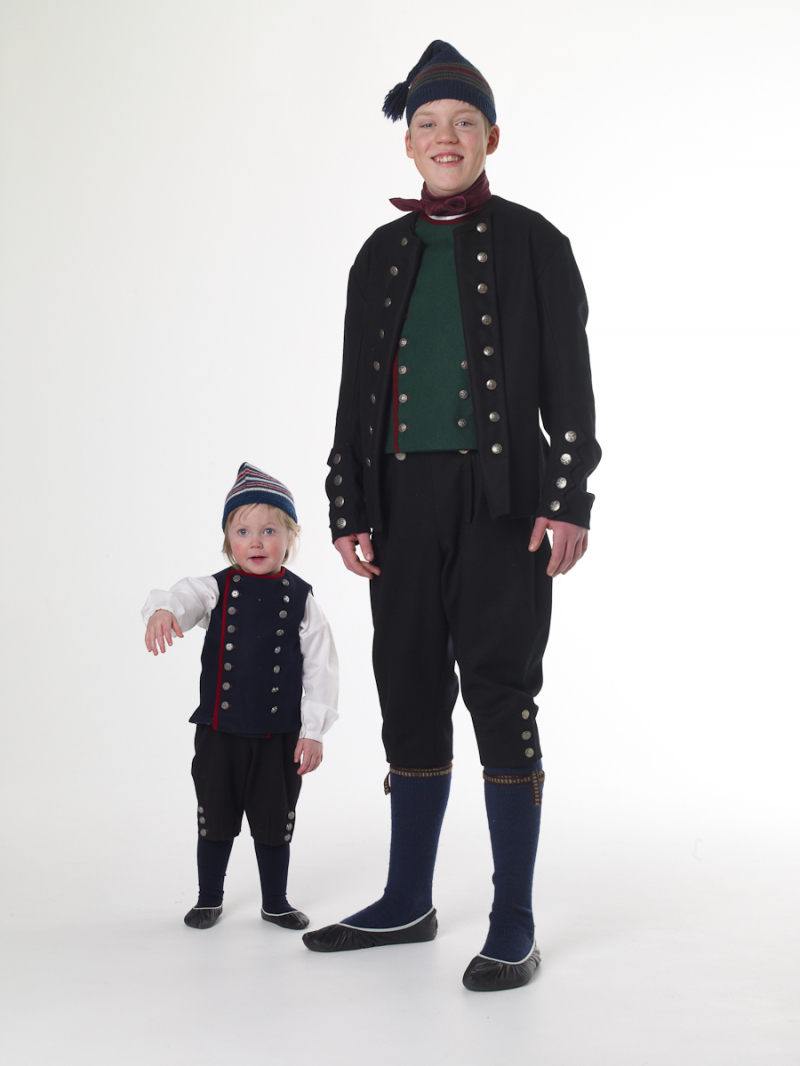National custome
Icelandic traditional dress is now preserved in the form of Icelandic national dress, which reflects the pure Icelandic heritage. The national costume is known as Þjóðbúningurinn, and the women of Iceland wear a variety of traditional costumes. On days of public importance and festive occasions, the people of Iceland used to wear dresses in the same pattern as they do today.
The Faldbúningur is a traditional dress worn by Icelandic women that has been in use since at least the 17th century. The Faldbúningurhas two variants, each with a hat decorated with a curved sheet-like ornament protruding into the air. The krókfaldur is one of them, and the spaðafaldur is another. Peysuföt are black woollen garments worn by women in the 18th and 19th centuries. They were typically composed of a twill skirt and a fine knitted woollen yearn jacket with a black tail cap.
The upphlutur, or bodice costume, is made up of a long black skirt and a sleeveless bodice embellished with silver filigree and laced together with a silver chain. The kyrtill (kyrtle), which is usually white or blue, is another traditional version. It is worn in conjunction with the tall headdress. The skautbningur is a richly embroidered costume that is worn for special occasions, including weddings. It consists of a fitted long-sleeved black jacket and a long skirt with embroidery on the breast, cuffs, and skirt hem.
The traditional men's wear in Iceland is known as Buningur karla, and the most popular version is Þjóðbúningur karla, which consists of woollen breeches or trousers, a double buttoned vest, and a double buttoned jacket called treyja. Although not a traditional costume, the hátíðarbúningur was designed as a modernized version of the men's traditional national costume and is frequently worn to formal events in place of a tuxedo.











